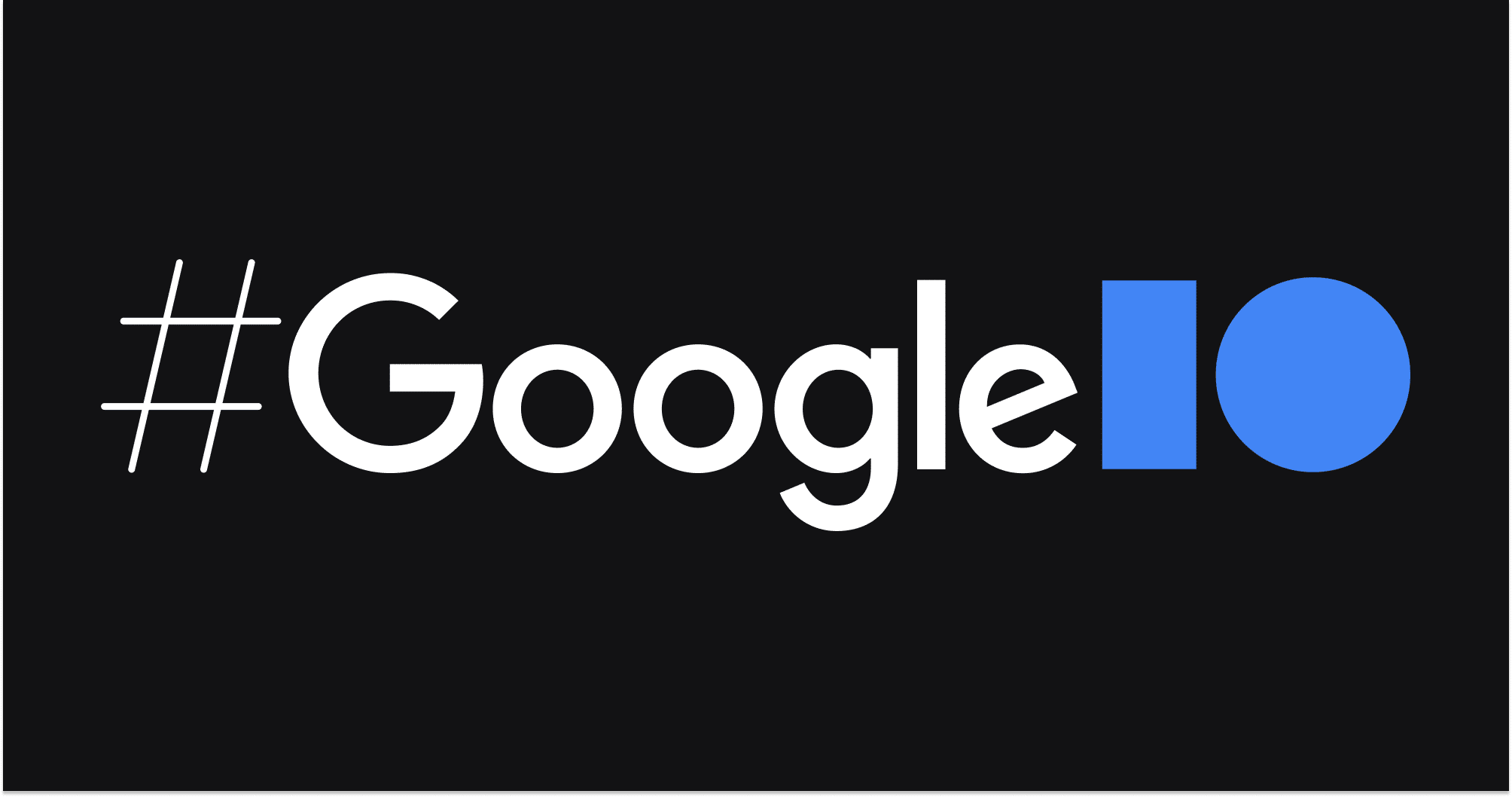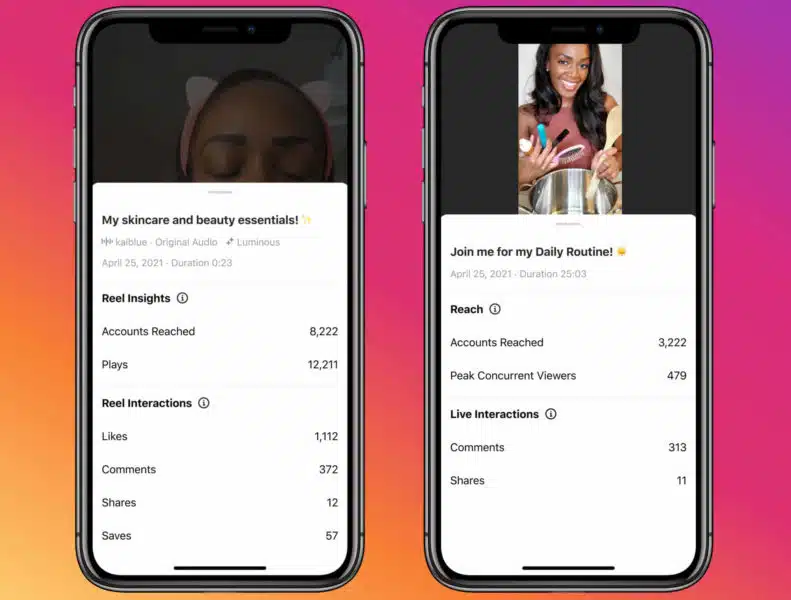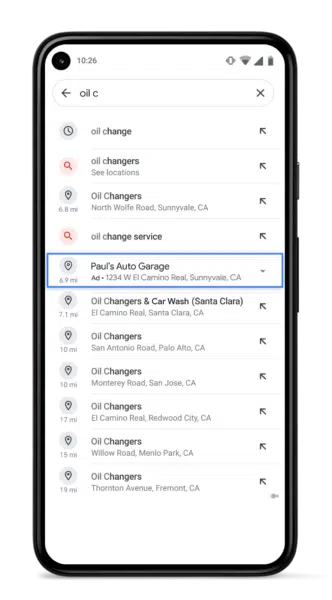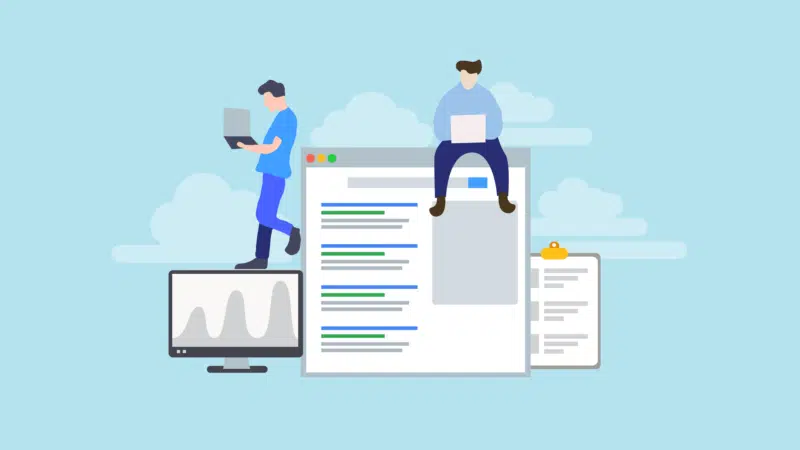
Site Architecture Optimization for Seasonality — Whiteboard Friday
The author’s views are entirely their own (excluding the unlikely event of hypnosis) and may not always reflect the views of Moz.
Areej discusses site architecture optimization for seasonality in this edition of Whiteboard Friday. The key focus is on asking yourself when your business’s peak periods occur and strategically planning before, during, and after those periods.

Click on the whiteboard image above to open a high resolution version in a new tab!
Video Transcription
Hey, everyone. I’m Areej AbuAli. I’m the founder of Crawlina, an independent SEO consultancy, and I am here today to talk to you all about site architecture optimization for seasonality, with a focus on e-commerce websites.
What is Seasonal SEO?

Seasonal SEO is this concept of driving conversions during a period of increased interest.
Now, it could be one of many reasons. It could be event-based. It could be time-based. It could be because of a product. So some examples that come to mind when they’re event-based is let’s say it’s Valentine’s Day or it’s Mother’s Day or Father’s Day. When it comes to a specific time period, it could be because it’s the end of the year or it’s January or it’s summer.
Then, when it’s product-based, it’s usually around this concept of a new product launch, like the new iPhone, or the new MacBook, or so forth.
The Main Question to Ask
The question that you always have to make sure you ask when you work on any new website is this question of, “When are our peak periods?” It’s very, very important for us to not assume when the peak periods are, that you actually ask that and to bear it in mind in our SEO strategy.
So the way I like to kind of split it is this concept of what happens before peak, what happens during peak, and then what happens after peak, and this is what we’ll walk through now one after the other.
Before Peak

So let’s start with before peak. It’s this idea of splitting everything into what we benchmark first and then what we plan and then what happens when we go live.
Benchmarking Phase

So when we talk about benchmarking, the first question we usually ask is, “How did you perform last peak?” It’s important for us to take a step back to make sure that we have benchmark data in place to understand what was our traffic like, what was our revenue like, how many leads did come through, because in order for us to, down the line, be able to assess and understand what happened in this peak period.
Forget all about your typical type of monthly reports. Peak reporting tends to be very, very different. It focuses on actual KPIs that matter to the business, and it compares you with this peak in comparison with a previous peak period. The second question is, “What is the opportunity this peak?” So for this specific peak that’s coming up, you are usually expected to do some form of forecasting of what the traffic and revenue is going to look like.
We can do that based on current rankings, based on seasonal search volume. Then, off the back of that, we can have our forecasted traffic and our predicted revenue uplift. Sharing that beforehand is very important so that stakeholders can be onboard and everyone is aware of what to expect and what’s coming next.
Planning Phase

Then, when it comes to the planning phase of your before-peak period, this is usually where you’re going to spend a lot of the time.
Now, it’s really, really important that we don’t leave this to the last minute. This is usually at least a quarter in advance of a peak period coming up. So the first thing is making sure all your reporting is set up, have those automated dashboards in place so that they’re able to curate that data as you go. Seasonal page updates, now it could be one of many things. Of course, the homepage will probably get some updates.
Your product landing pages, your PLPs and your product detail pages, in a lot of cases, some of these pages might have been forgotten for a while since they haven’t been touched since the last seasonality. Then, of course, ensuring how we’re internally linking between those. Now, your navigation is a hero when it comes to that, and it’s very, very important for us to ensure that we’re internally linking between our PLPs and our PDPs and our supporting content assets and our supporting blog assets.
Then, when it comes to the content updates that you need to be doing, evergreen is your friend. It’s very, very important for us to rely on pages that already have authority as opposed to creating new pages from scratch, making sure that we don’t forget about our meta tags and updating the different dates, depending on where we are in the year. But also stick to what worked before as opposed to trying to create something from scratch every time.
Tech checks are very important. A lot of times, with seasonal pages, depending on if they’re an event page or a product page, then it might be that we kind of forget something that’s blocked or something that’s not indexed or something that’s not crawlable. So ensuring that there is a plan in advance when you are about to go live for all of these pages to be crawlable and indexable by Google.
Then, finally, having an out-of-stock plan is really, really important. Let’s make sure that we do not 404 pages just like that when they are temporarily out of stock, and let’s make sure that we actually have a plan in place and we are liaising with different teams to ensure that we know when is something about to go out of stock and what needs to be done at that point.
Going Live

Then, when it’s time for go live, you probably, by that point, have your go-live checklist ready to go, making sure that everything is crawlable, everything is indexable, what needs to be in the navigation is there, your pages can actually be found. Then just take a breath. It’s really, really important at that point. It’s usually been at least a month or two or four prior, especially if this was a big seasonal page for you or a big seasonal period for you to ensure that you kind of step back.
Before peak is usually where most of the work is done.
During Peak

So then, during peak, this can be an event that lasts a day. It can be something that lasts a week, or it can be the whole of Q4, for example. So it’s very, very dependent on which specific peak period you’re working on. But make sure you’re monitoring your data as you go, right? So that data benchmarking that we did up here is very, very important, because at that point, we know how we performed the last time around.
So keep on top of these numbers and know, “Have we reached our target yet? Our prediction for revenue uplift, are we there at this point, or are we still quite behind?” Make sure that you’re checking on the tech the whole time. Is out-of-stock going to become a problem soon? Should we make sure that we make any amendments to some of our pages?
Are all of our products live? Is everything crawlable? Is everything indexable? Also, just make sure you’re updating stakeholders as you go. Especially if it’s a longer period than expected, then don’t wait for them to come up to you and say, “Oh, have we hit our targets yet?” or, “What are the numbers looking like?” It’s very, very important with some of those reporting automated setup that we had in the first place, just make them really transparent and make them very, very easy for stakeholders to be able to access.
After Peak

After-peak period, it’s kind of all about communication at that point. You’re probably going to get a lot of questions, and SEO is just one channel. Your organic traffic and your organic revenue is just one channel amongst many more. It’s going to be very, very important for the business as a whole to communicate how it went, which channels hit target, which ones didn’t.
Whether it’s good news or it’s bad news, it’s very, very important to be as transparent and open as possible about what the data looks like and what some of our learnings are. Now, something I always encourage is doing a retrospective action plan. Now, this is a meeting that will most probably include a lot of different stakeholders from different teams.
But the important thing is to kind of talk about what went well, what didn’t go so well, and what are the actions that we’re going to take off the back of that. There might be some things that went really well that we want to make sure that we continue doing for our next peak periods. But there might be others that were quite a bit of a challenge, for example, a miscommunication with the tech team, or a problem with a content piece that wasn’t updated, or something along those lines.
With those, we want to make sure that we have a plan put forward of how we avoid this happening the next time around. This is also usually the best time to plan for next peak and ask for any additional resources that you might potentially need. Let’s say you need a dedicated dev the next time around, or let’s say you want more content resource, for example. This is usually the best time to put a case study forward of this is what happened this peak period, and we want to ensure that we perform and do even better the next time around.
So, yeah, with this, I hope it kind of gives an easy way for us to have SEO strategies moving forward, especially with a focus on seasonal peak periods and how we can handle those for e-commerce or also for other sites in general. Thank you so much for joining.










0 comments:
No comments found.